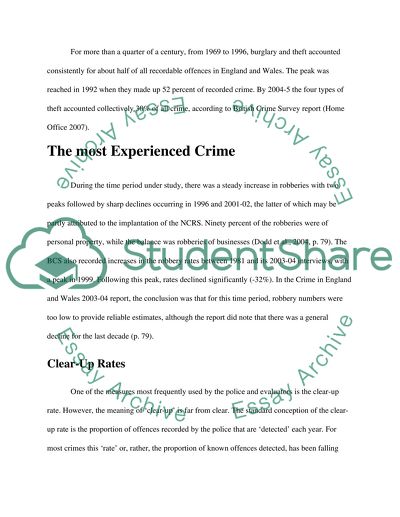Cite this document
(The Incidence of Particular Types of Crimes in the UK Term Paper - 1, n.d.)
The Incidence of Particular Types of Crimes in the UK Term Paper - 1. Retrieved from https://studentshare.org/law/1549053-assignment-2-criminology-report
The Incidence of Particular Types of Crimes in the UK Term Paper - 1. Retrieved from https://studentshare.org/law/1549053-assignment-2-criminology-report
(The Incidence of Particular Types of Crimes in the UK Term Paper - 1)
The Incidence of Particular Types of Crimes in the UK Term Paper - 1. https://studentshare.org/law/1549053-assignment-2-criminology-report.
The Incidence of Particular Types of Crimes in the UK Term Paper - 1. https://studentshare.org/law/1549053-assignment-2-criminology-report.
“The Incidence of Particular Types of Crimes in the UK Term Paper - 1”, n.d. https://studentshare.org/law/1549053-assignment-2-criminology-report.


